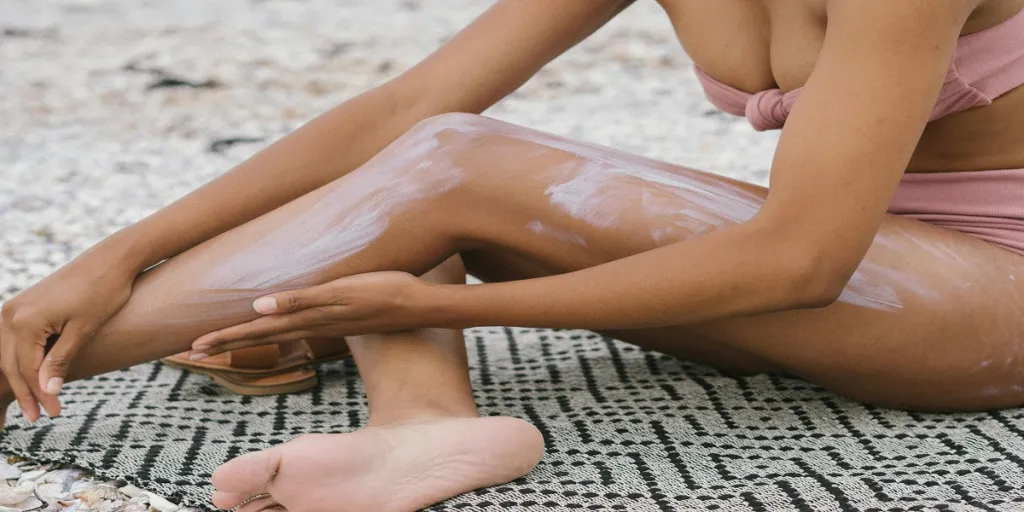When protecting the skin, sunscreen will always be an essential part of every personal care routine. Unfortunately, the community of Black, Indigenous, and People of Color (BIPOC) might find it challenging to discover suncare products that work on their wide skin color gamut.
With this in mind, trends are emerging in the beauty industry to better cater to the specific needs of BIPOC individuals.
In this article, we’ll dive into the top four trends contributing to a more inclusive suncare market, as well as how to keep your business ahead in this expanding market.
Table of Contents
The market for suncare
4 trends in BIPOC suncare
Embracing BIPOC suncare
The market for suncare
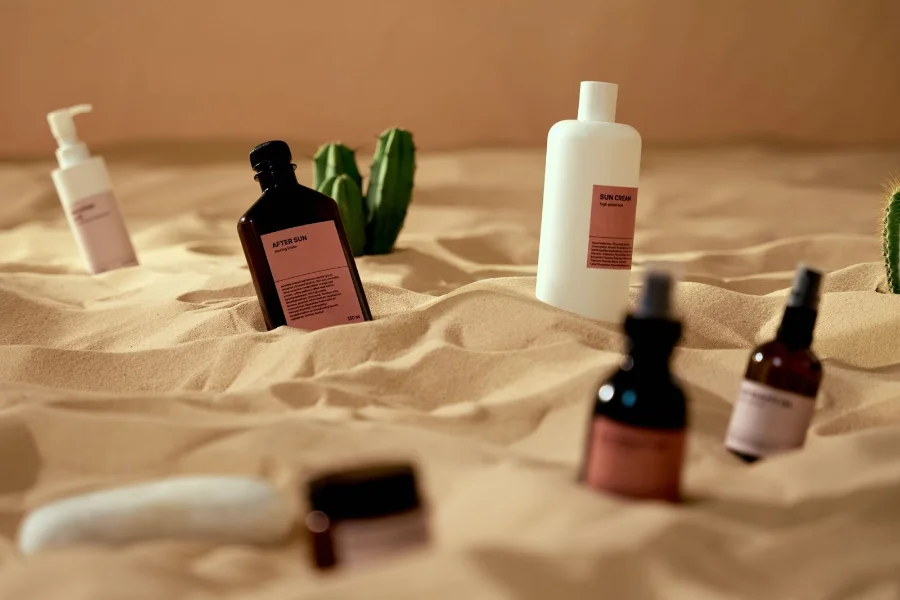
People are more interested than ever in studying and learning how sunlight rays can affect their skin, especially with the prevalence of skin cancer and other conditions. Such a concern is one of the biggest growth drivers of the suncare market.
In 2020, the global market size for suncare products reached US$ 10.7 billion. It’s also projected to rise at a 4% compound annual growth rate (CAGR) from 2021 to 2028. And among the many categories in this industry, adult suncare products share the biggest revenue at 69.4% of the 2020 market size.
These products are bought mainly because of their innovative combinations, such as those infused with vitamin serums that protect against skin discoloration and wrinkles. Consumers also pay attention to a product’s ingredients, which might be driven by emerging mindsets that advocate for cruelty-free and eco-friendly production.
In addition to this, there is also growth in the suncare segment that caters to those with darker skin tones. Products that blend well with all skin colors are being developed as misconceptions about dark skin’s melanin content are being debunked. This also opens new opportunities given the untapped potential of the BIPOC market.
4 trends in BIPOC suncare
1. Debunking myths

Did you know that roughly 65% of African-Americans suffer from hyperpigmentation, which is often worsened by sun exposure without wearing a sunscreen lotion?
Despite common misconceptions, darker skin tones rich in melanin are not immune to sun damage. While melanin can provide some natural protection by blocking some UV rays, it only provides an SPF of 15, leaving all individuals vulnerable to skin cancer and damage from the sun’s radiation.
Unfortunately, there is a lack of understanding regarding sun protection among people of color, with studies showing that around 47% of dermatology practitioners lack the knowledge and skills to address skin-related issues in Black individuals.
To address this knowledge gap, businesses and brands can leverage their authority on social media and other online platforms to spread awareness about the importance of sun protection. It is important to provide credible information rather than simply creating sales-focused advertisements, as readers are becoming increasingly discerning in their information consumption.
2. Go transparent
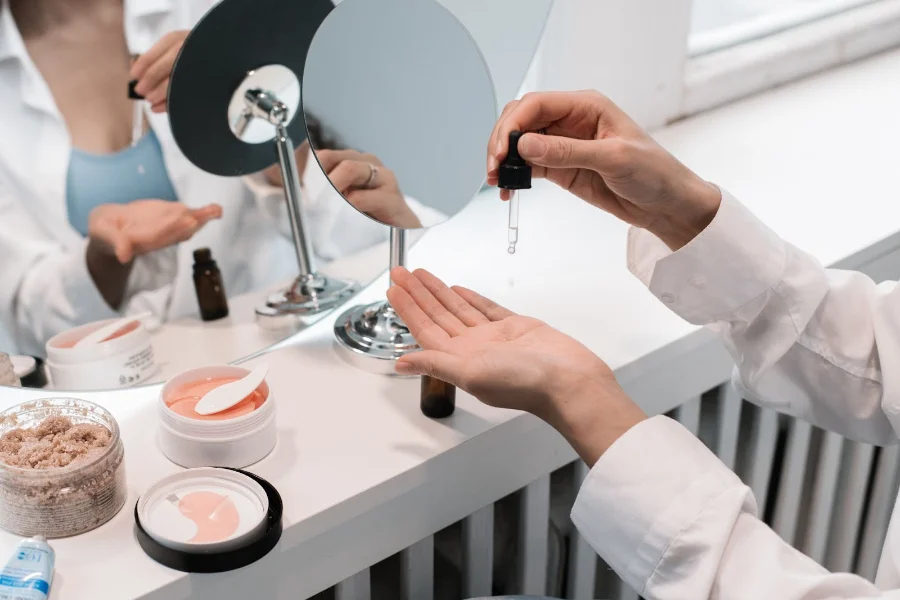
For BIPOC individuals, selecting a mineral sunscreen can be challenging due to the white cast left on their skin. This refers to the prominent sheen of the same color left on the skin after applying the cream, which is often caused by titanium oxide commonly found in many sunscreens.
To address this issue, the trend towards transparent sunscreens aims to provide a non-greasy, chemical-based option that finishes with a translucent look. This allows individuals of all skin tones to wear sun protection without the unsightly white cast.
Another effective solution is to offer tinted sun creams, which can be matched to an individual’s specific skin tone. Offering a wide range of skin color options is essential in ensuring success with this approach.
By offering a selection of transparent and tinted sun creams, businesses can cater to the unique needs of the BIPOC community and provide effective and practical sun protection options that promote skin health and wellness.
3. Embrace products that offer skin benefits
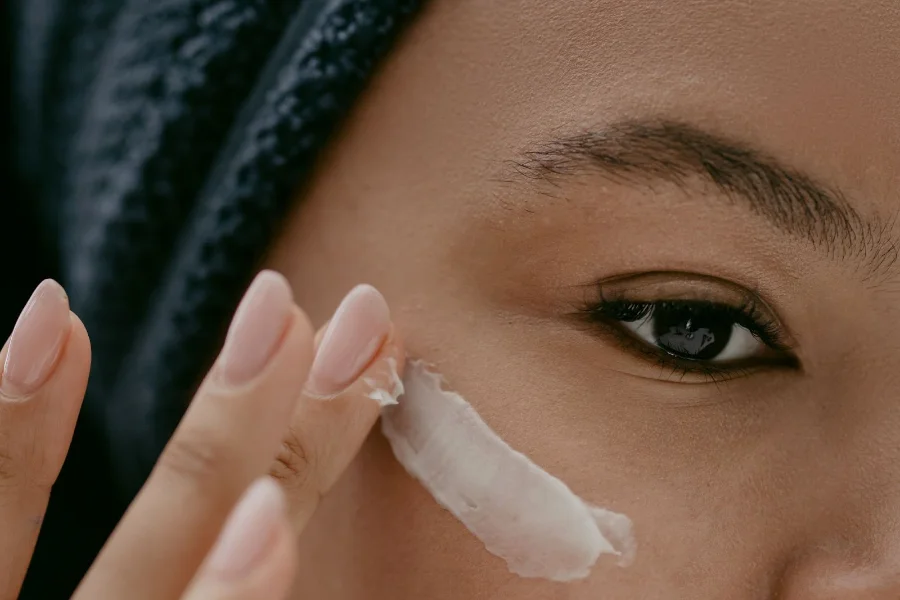
One of the most significant trends in the beauty industry is the rise of “skintellectuals” – individuals who are knowledgeable about their products and are increasingly focused on finding multifunctional skincare solutions. This trend is especially relevant to the BIPOC suncare segment, where consumers seek sun protection products that provide additional benefits beyond basic sun protection.
Examples of these benefits include reducing pigmentation, improving moisturizing effects, minimizing wrinkles, and similar outcomes. These benefits can be incorporated into a wide range of products, including topicals, SPF lip balms, and face powders.
When developing these products, you must ensure that your offerings cater to an all-inclusive skin tone gamut to meet your customer’s needs. Tone-matching products can also bring about a better experience for your clients, ensuring they can find the ideal solution for their unique skin type and tone.
By distributing multifunctional skincare products that cater to the unique needs of the BIPOC community, businesses can stay ahead of the competition and provide the best possible suncare solutions to their customers.
4. Celebrity appeal
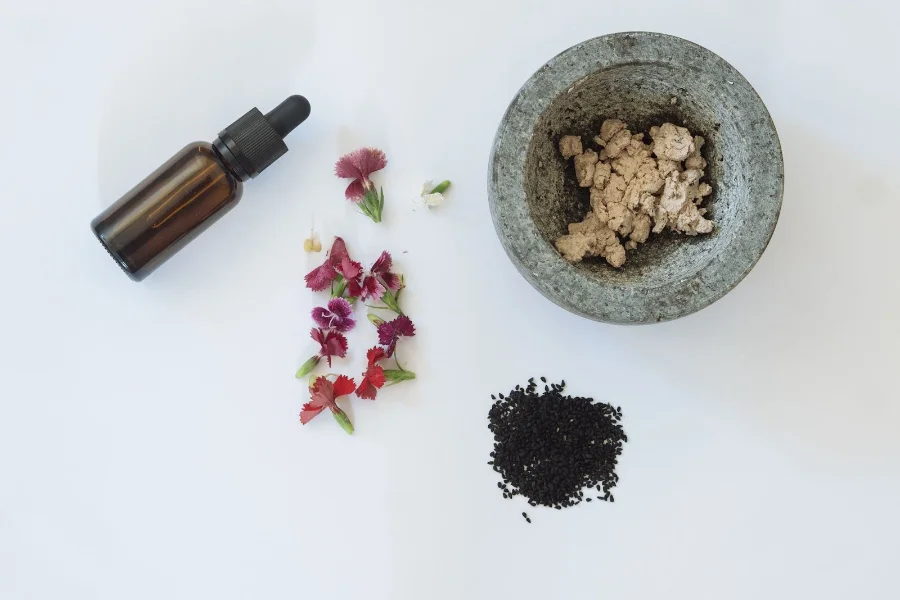
In today’s world, online personalities, celebrities, and individuals seen as authorities have a significant impact on the beauty industry, especially when it comes to suncare for the BIPOC community. These individuals can use their platform to inform and educate people, driving meaningful change in the industry.
A prime example of this is American celebrity Rihanna’s brand, Fenty Skin, which promotes all-inclusive personal care that emphasizes the importance of skincare and sun protection. Other brands can follow suit by identifying gaps in the current market, offering proper BIPOC representation, and educating their community about the importance of suncare for both aesthetic and health reasons.
For example, you could begin by explaining the differences between SPF 30 and SPF 50, and continue building value from there. You can also promote other movements such as anti-cruelty and clean-and-green drives by offering vegan sunscreen and related products.
By leveraging the power of influencers, providing valuable educational content, and offering all-inclusive, sustainable products, brands can effectively cater to the needs of the BIPOC community and establish themselves as industry leaders.
Embracing BIPOC suncare
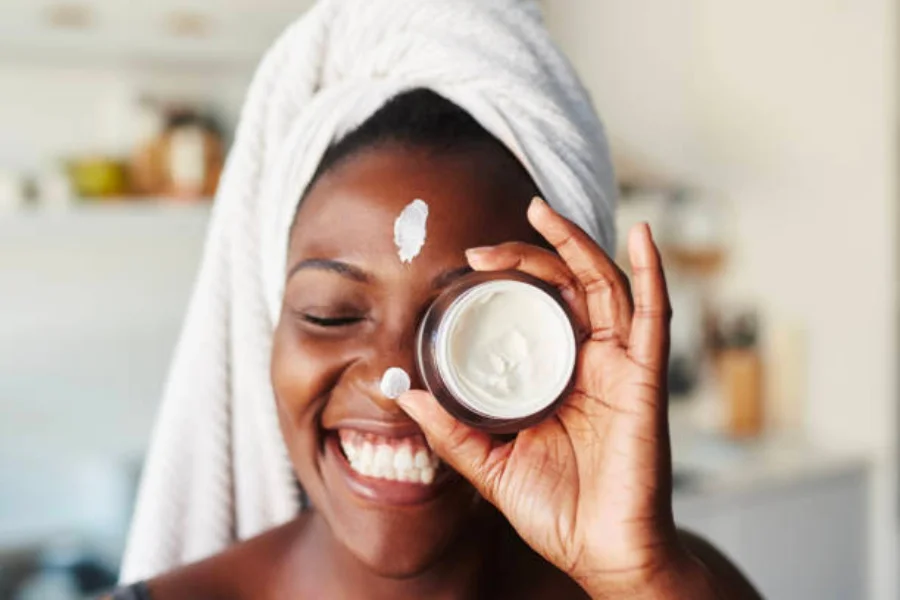
Sunscreen is for all — it’s that simple. However, for Black, Indigenous, and People of Color, finding a suncare product that works can be very challenging. Fortunately, the beauty industry is moving forward to creating products that cater to all skin tones. And you should too! Visit Alibaba.com for more of these BIPOC suncare essentials.
